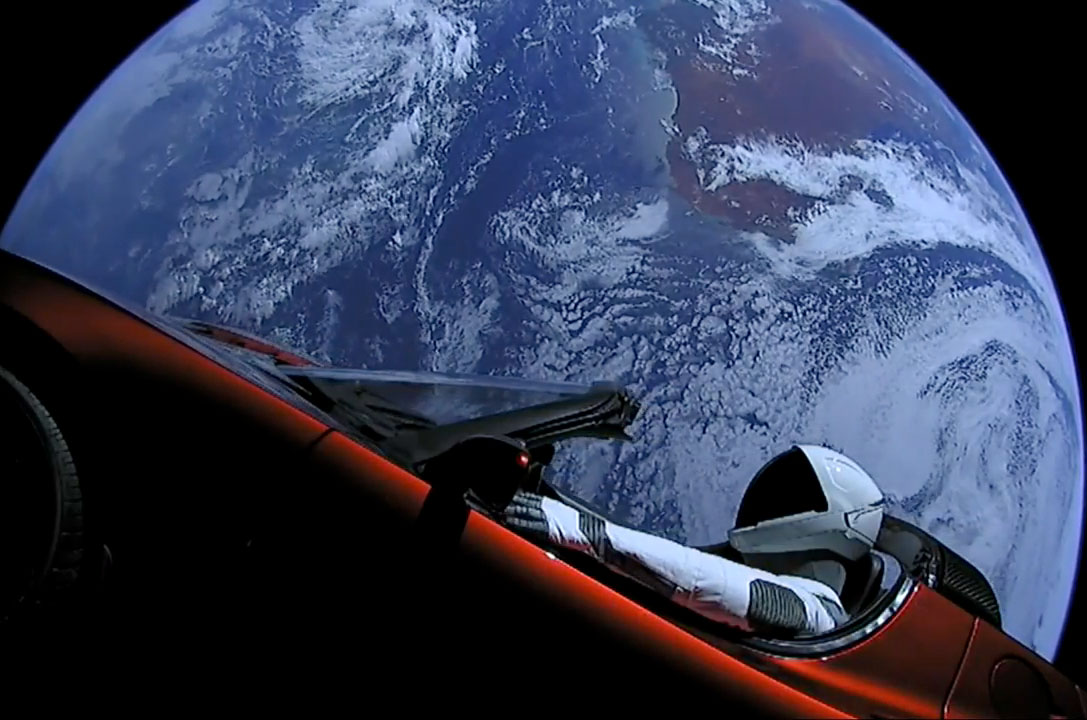
It would take a long time to get there, even in a speeding Tesla.
You could hitch a ride in the back
Of one of the communist Chinese women’s lexiii in the Costco parking lot. She’d get you to proxima in no time! You’d just have to keep her thinking she was still
At Costco and —that the one empty parking space was always just ahead
Not at warp speed.

Actually, how little time it could take is quite surprising - as I was thinking AND READING about this recently.
If you were in a rocket engine that produced a *sustained* thrust of 1g - that is, a continuous acceleration of 32 ft/sec/sec, you could travel from one end of the galaxy to the other *AND BACK* in your lifetime. That would be traversing not only Alpha centauri, but the other 200 billion stars, AND RETURN past them on the way back. You (with emphasis on 'you') could do this in 24 years of *your* life. This works by maintaining that small but steady acceleration for about 1 year, a which time you'd be traveling just under the speed of light. You'd need to re-light the engine such that you slow down at the other side of the galaxy in order to turn around, and then build up speed again, for the return trip. If you merely wanted to visit alpha centauri, and not the edge of the milky way, you could do this in, i forget the exact calculated amount, but its about 4 years.
The key to all of the above, of course, is that folks on earth would be long dead, as the *elapsed time* for them would be - again, forget the exact amount - very large - like 100,000 years.
This is NOT sci-fi (other than the engine creation), nor is it warp drive. The point being, for the traveler, clocks are different. And, all this is done with a "relatively" small engine producing a mere 1g of thrust.
Oh, and the bonus too of the above is that 1g, would produce earth-like comfort with more natural gravity aboard the spacecraft you are in. No need to spin it like in Kubrick's 2001.